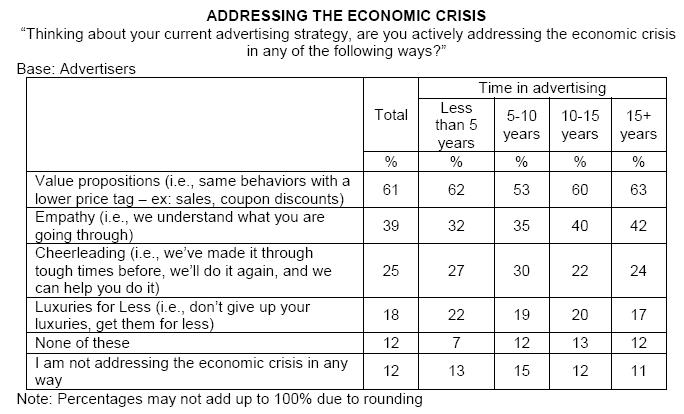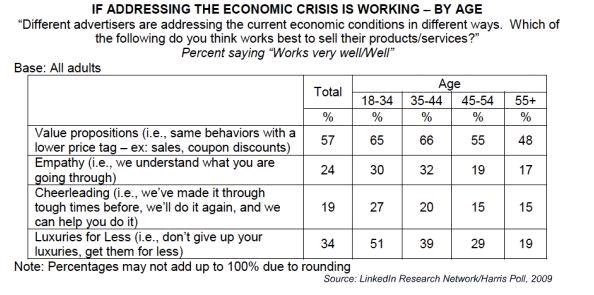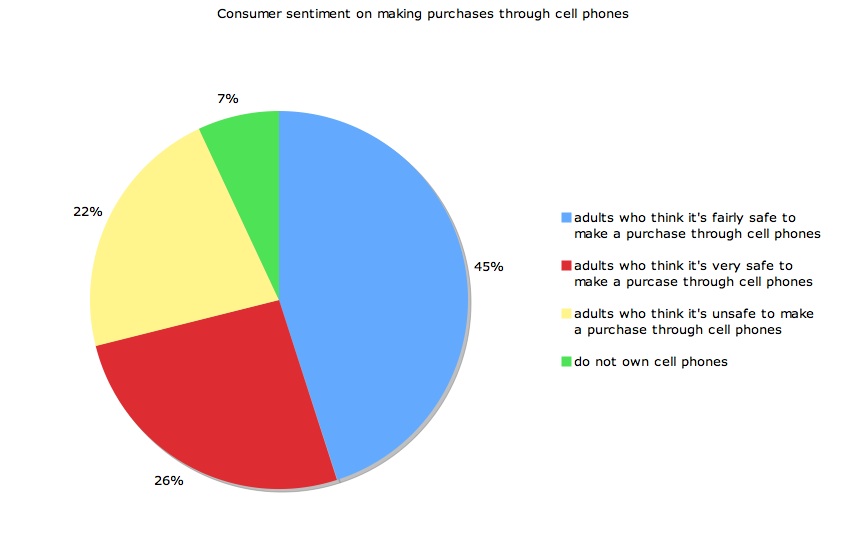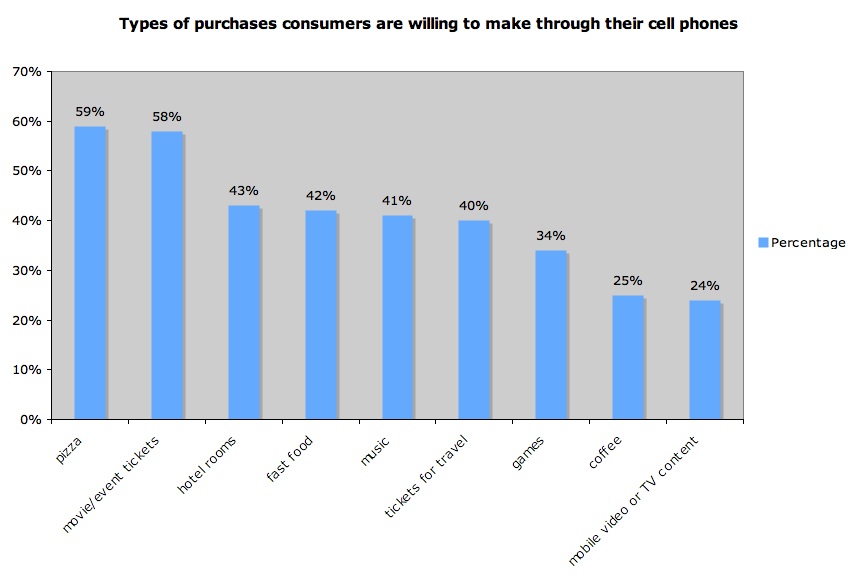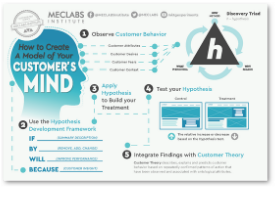Ad Strategies in the Down Economy
Well over half of marketers report that they’re using strategies that emphasize value propositions–such as sales, coupons and discounts–to pull through the down economy. The data comes from a collaborative survey from LinkedIn and Harris Interactive, published last week.
The survey queried 1,015 advertisers between June 22 and June 30, and 2,025 adult consumers between June 24 and June 26, to get both groups’ opinions on ad effectiveness. You can read the full release here.
Three in five advertisers (61%) say they are using a value proposition strategy and almost three in five consumers (57%) say that the strategy is working ‘very well’ or ‘well’ to help marketers sell.
From the charts below, empathetic messaging was the second most reported strategy used by marketers to address the economic crisis at 39%, and 24% of consumers say the strategy is effective.


Interestingly only 18% of marketers report using a ‘luxuries for less’ strategy, while 34% of consumers say that it works ‘very well’ or ‘well’ to help sell products. This disconnect could be due to a low number of luxury product marketers in the survey–or it could be a genuine disconnect between what consumers say they want and what advertisers are giving them.
Take a look at the survey’s results to see if you are using any types of messaging or tactics that are being reported to be less effective than others. You might just be able to make a few tweaks to your efforts to boost performance.




